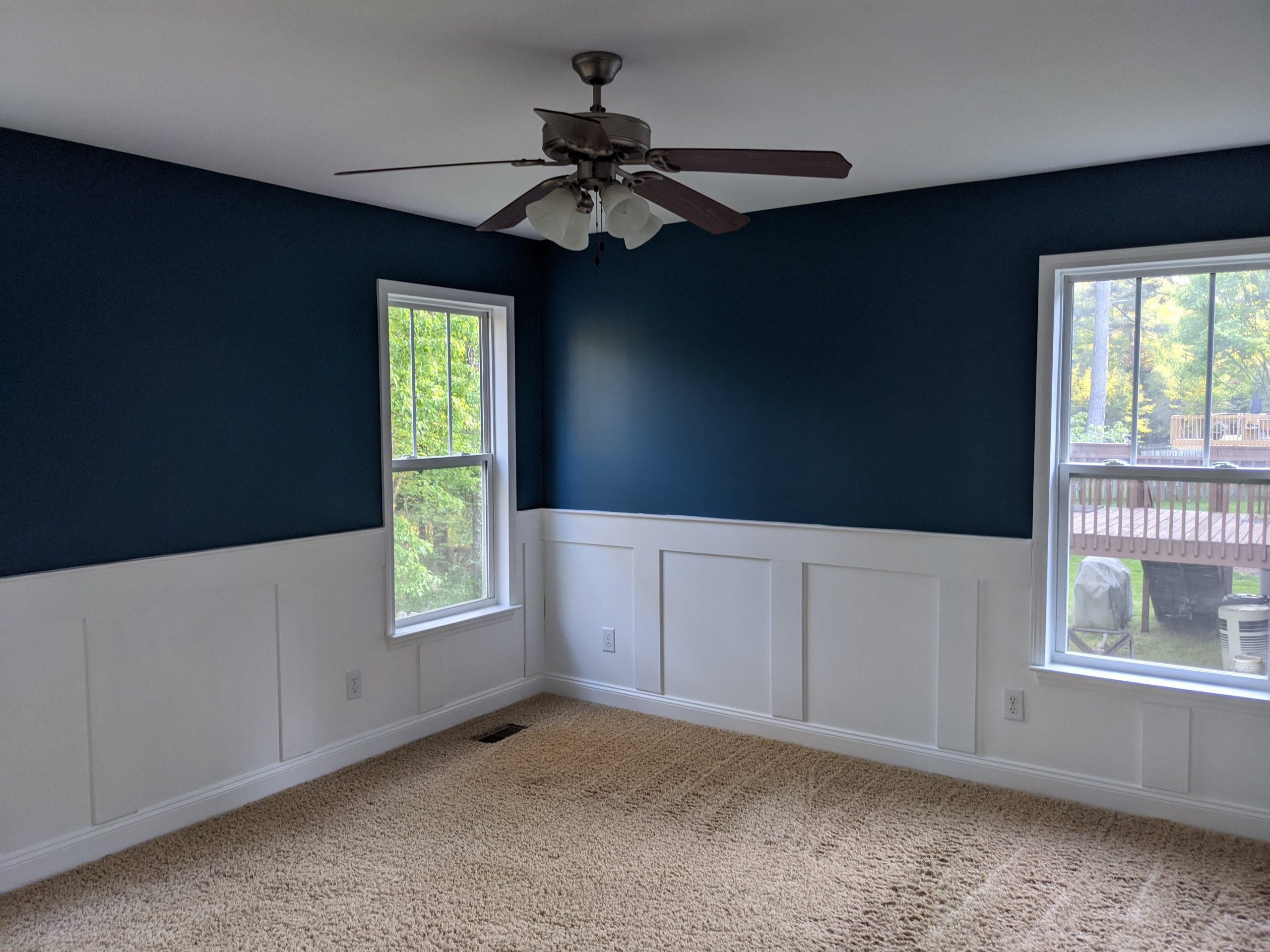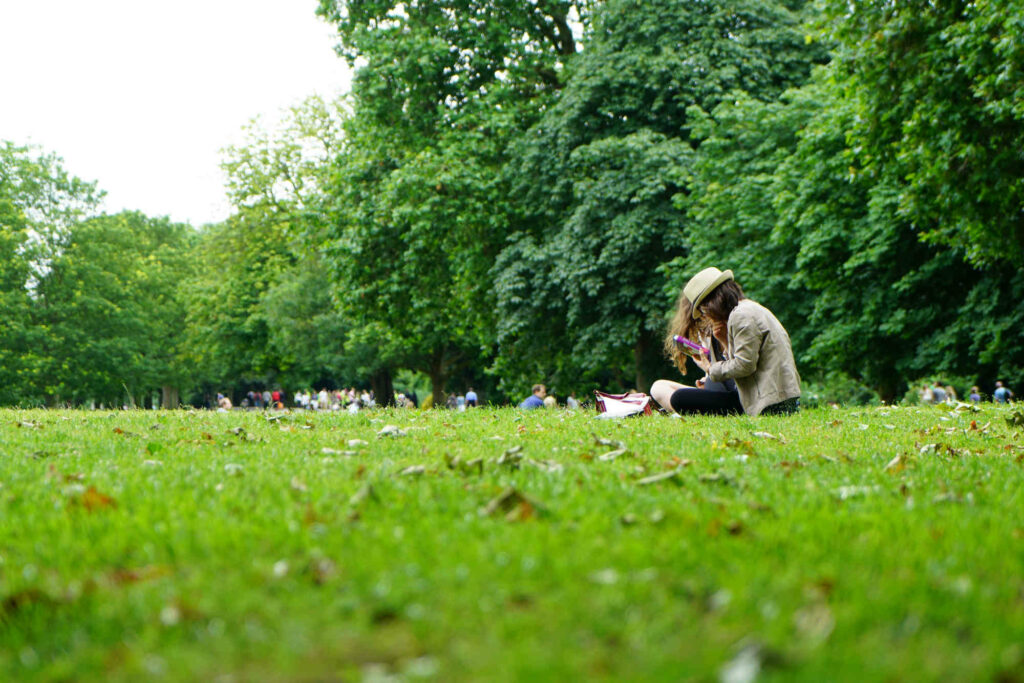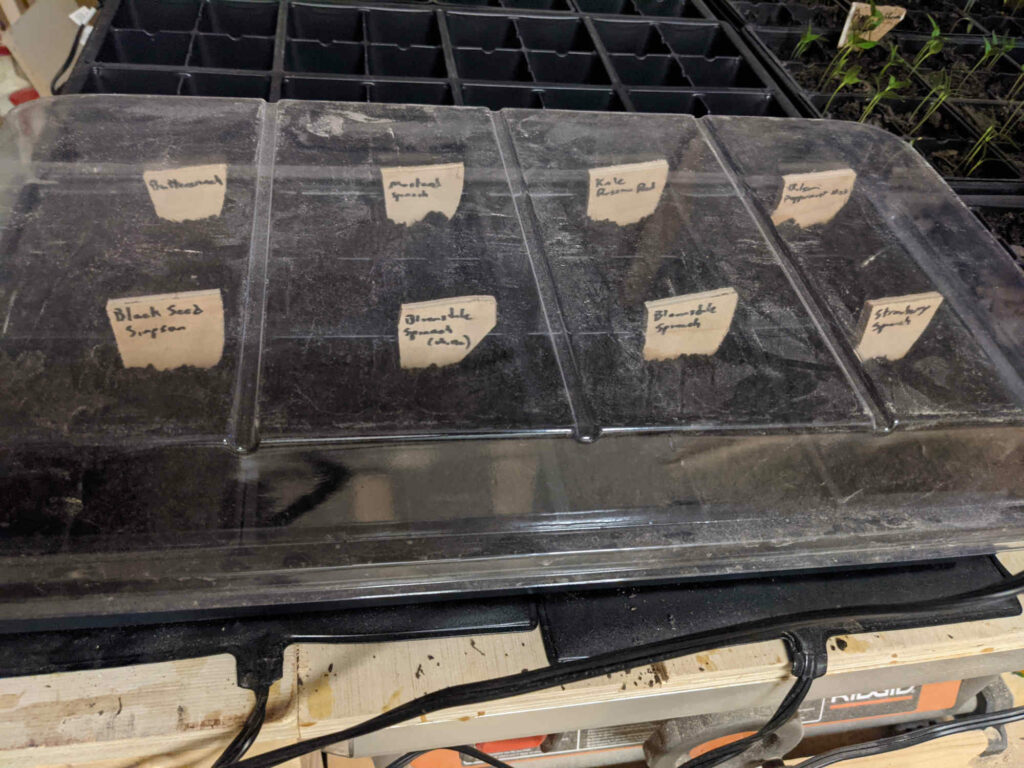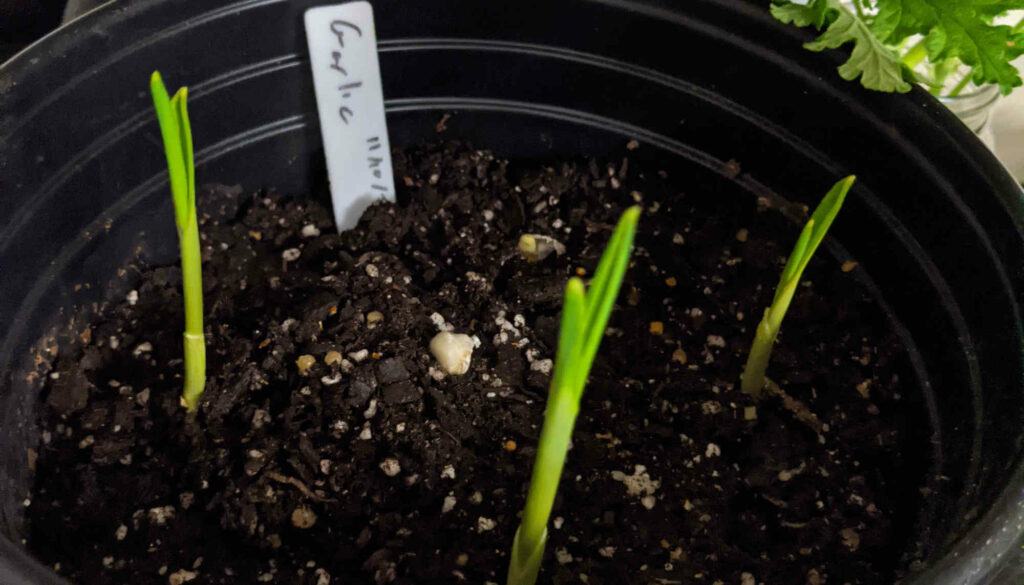Wainscoting is paneling that covers the lower portion of your wall. However, there is no set height it has to be. Most versions are roughly chair rail height. Fortunately, it’s up to you.
In most cases, you make wainscot out of wood or MDF. However, there is no rule preventing other materials.
Function
Wainscoting is purely an aesthetic feature that some people like in their home. In some very limited sense, it can protect your wall from chairs or people bumping into the wall. However, then they’re just bumping into your paneling.
Common Forms
Interestingly, there are only 5 main types:
- Raised Panel
- Flat Panel
- Breadboard
- Overlay
- Board and Batten
The picture above is board and batten.
Installation of Wainscoting
Installation is quite easy. Fortunately, there is no structural, electrical, or plumbing work involved. Therefore, you’re merely creating a facade on top of your wall.
Depending on materials, scope, and painting, you can install wainscoting in a day or two. I added it to my entire downstairs over the course of a week.
You’ll encounter several different ways to create and install any version of wainscoting. Choosing what works for you will largely depend on your comfort level. Personally, I watched dozens of YouTube videos first.
My Process
I made mine primarily out of MDF, but the chair rail at the top was made out of oak 1x2s for extra strength.
First, I measured and cut all the pieces to their correct sizes. For the oak 1x2s, I made a miter cut in the corners for a better looking corner.
Second, I used liquid nails, my air compressor, 16 gauge nails to attach the pieces to the wall. Because they’re not holding much (if any) weight, it didn’t matter if my nails were in studs or not. As long as my drywall was properly installed, it will be fine.
Finally, I made sure everything was level or plum before the glue dried out. I did use a level the entire way to be sure there weren’t any mistakes.
The biggest problem I encountered was the placement of outlets. To get around this, I tried different iterations of starting points and distances between the vertical pieces until I found one that avoided all the electrical outlets.
While you’re installing Wainscoting, you should also fix any nail pops or holes in the drywall. Whenever you’re painting a room, it is good to take care of those.







Leave a Reply